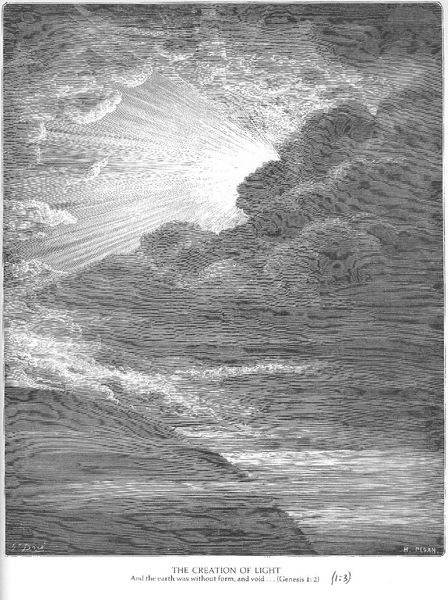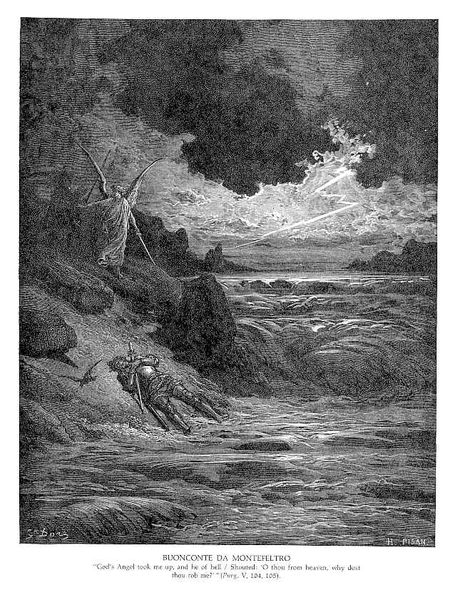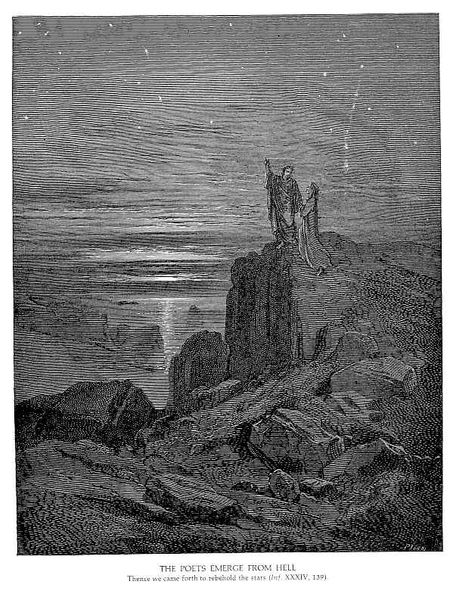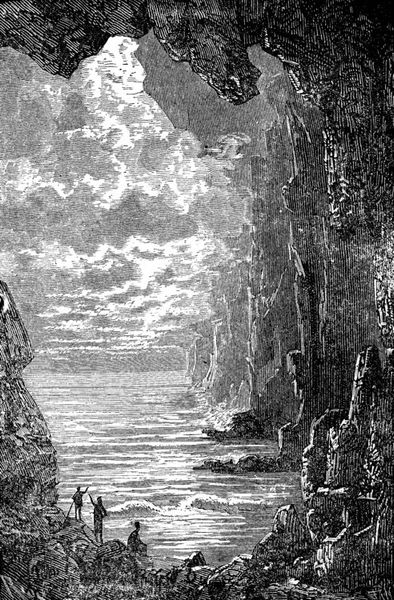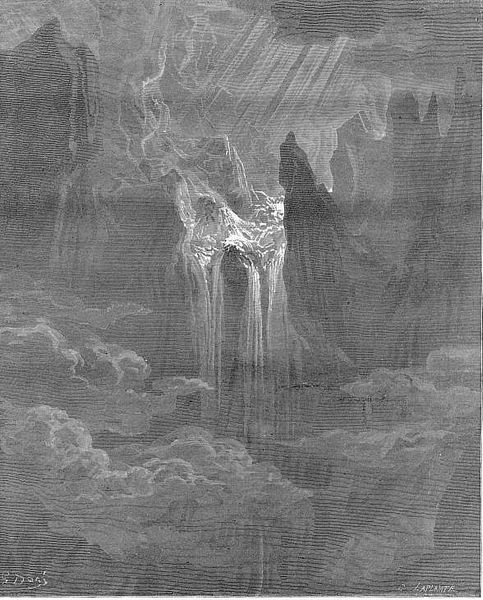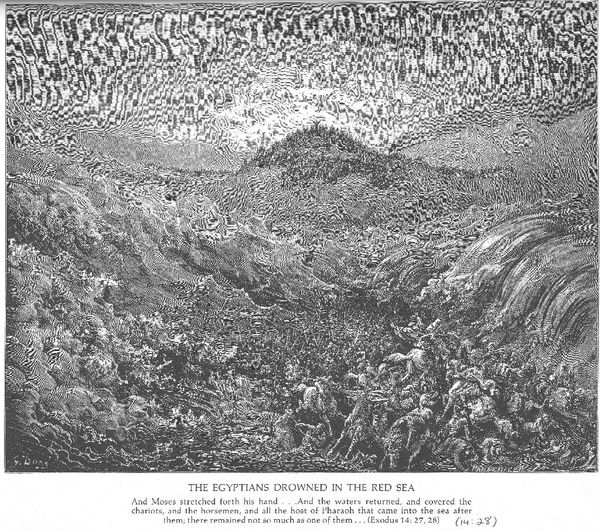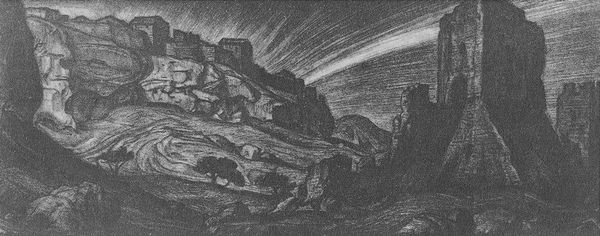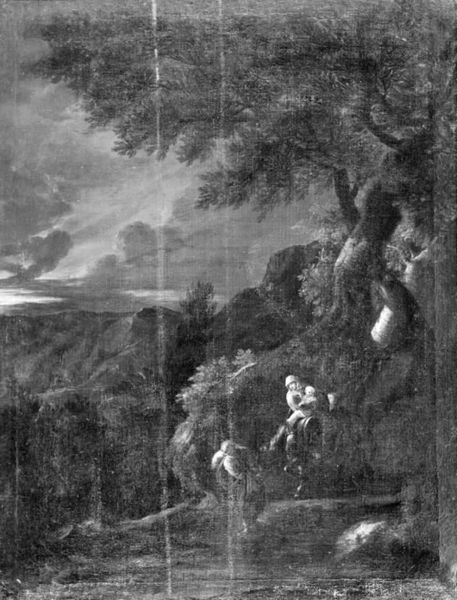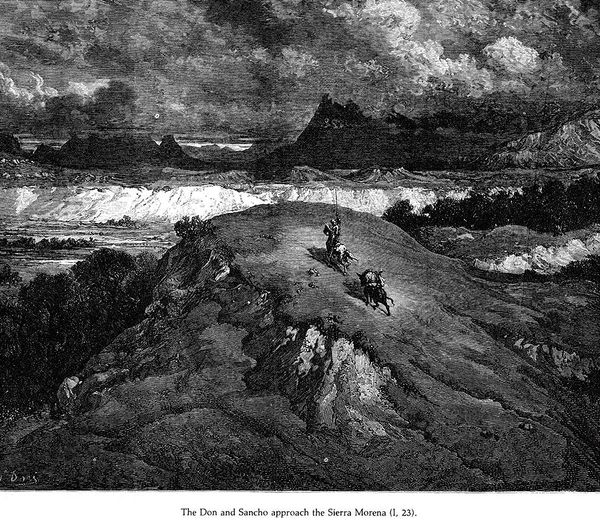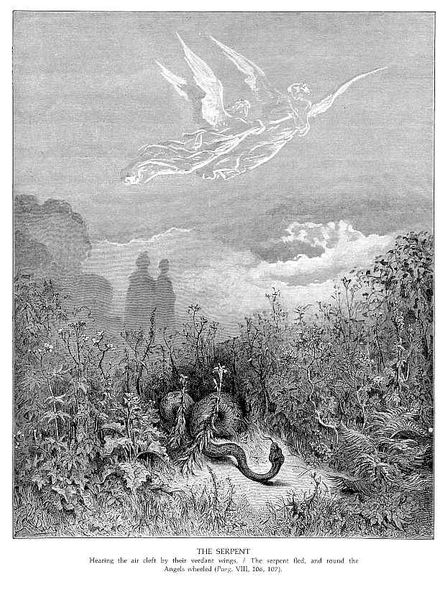
drawing, paper, photography, engraving
#
drawing
#
fairy-painting
#
allegory
#
landscape
#
figuration
#
paper
#
photography
#
romanticism
#
monochrome photography
#
line
#
history-painting
#
engraving
#
natural form
#
monochrome
Copyright: Public domain
Gustave Doré created this engraving, "Paradise Lost", in 19th-century France. The work speaks to the cultural and institutional history of the period through its engagement with John Milton's epic poem of the same name. Doré's dramatic rendering of Satan perched atop a craggy peak, gazing down upon the lush, unspoiled Eden, uses visual codes of Romanticism. The sublime landscape, with its sharp contrasts of light and shadow, evokes a sense of awe and terror. France in the 1800's was still dealing with the legacy of the French revolution which had dramatically challenged existing social norms and institutions of power. Dore's romantic engagement with Milton's epic poem places him within the political struggle between conservative and progressive. To fully understand Doré’s "Paradise Lost", we can research the publishing industry of 19th-century France, the reception of Milton’s poem in French society, and the social and political contexts in which Doré created his art. The meaning of art is contingent on its social and institutional context.
Comments
No comments
Be the first to comment and join the conversation on the ultimate creative platform.
